Gardening is a go-to for peace, accomplishment, and beauty. Especially now! In 2020, Americans spent $47.8 billion on lawn and gardening! You don’t have to break the bank, though. Here are 20 wallet-friendly gardening ideas to create the ultimate garden.
This post contains affiliate links. For more information, see our disclosures here.
I know first hand how easy it is to spend a lot of money buying plants, seeds, supplies, and did I say plants?
We think we’re done, and bam, someone tells us about a flower we must have for pollinators, and there we are, grabbing our credit cards again!
But, I have also been on the other side. The side that didn’t have a lot of money to spend in my gardens. The side that was a single mom for a while and had many other things to buy.
I’ve learned to be frugal, whether I needed to be or not, and my lessons are the best ones learned! Today I’m sharing my top wallet-friendly gardening tips and ideas with you! 🙂
1. Save seeds
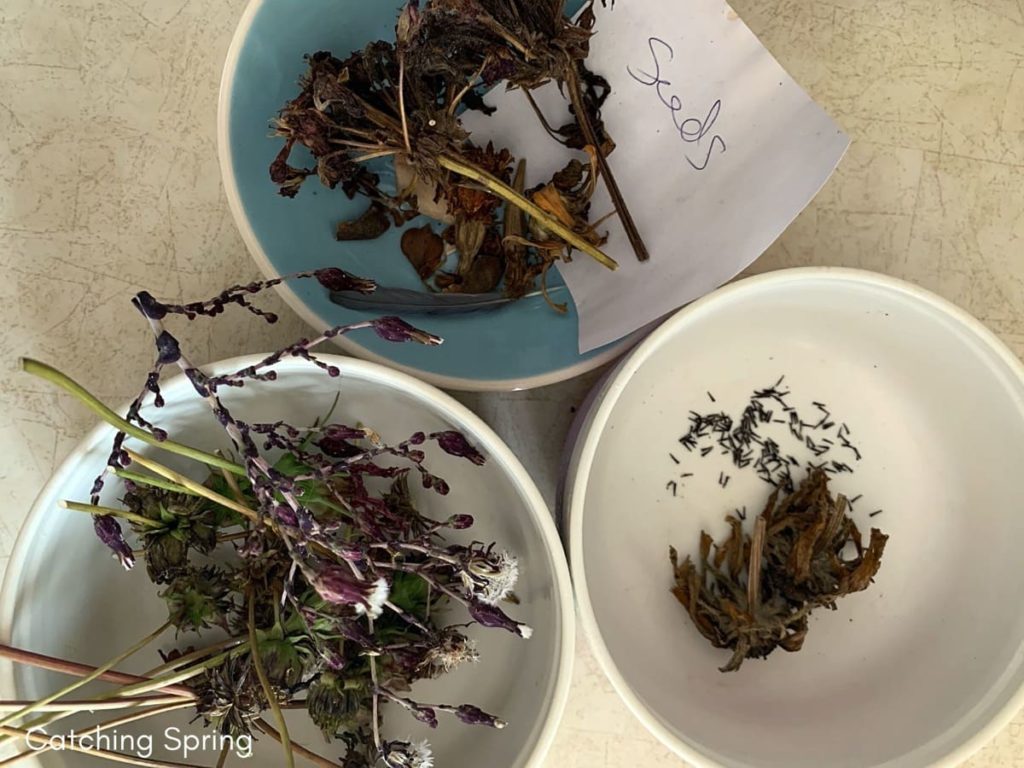
You can’t get more wallet-friendly gardening than this… saving seeds from the plants you already own for next year.
I am addicted to saving seeds! I love walking around my garden at the end of summer, collecting seeds for my next year’s garden, it’s so satisfying!
And cheap!
All it takes is some knowledge on when to collect seeds, how to store them, and if they need stratification or not.
You don’t even have to start seeds inside if you don’t want to spend money on a grow light or any other supplies. You can plant them right in the ground 1-2 weeks (generally) after the last frost date.
You can collect seeds from annuals and perennials alike. Most perennials you can just fall sow, making it even easier and cheaper!
I use my favorite garden shears, place each variety of seeds in a brown paper bag, and label them. Cheap and easy!
PRO TIP: I suggest placing a marker by the seeds if you fall sow so you don’t mistake them for weeds. You can use popsicle sticks!
2. Look for seeds
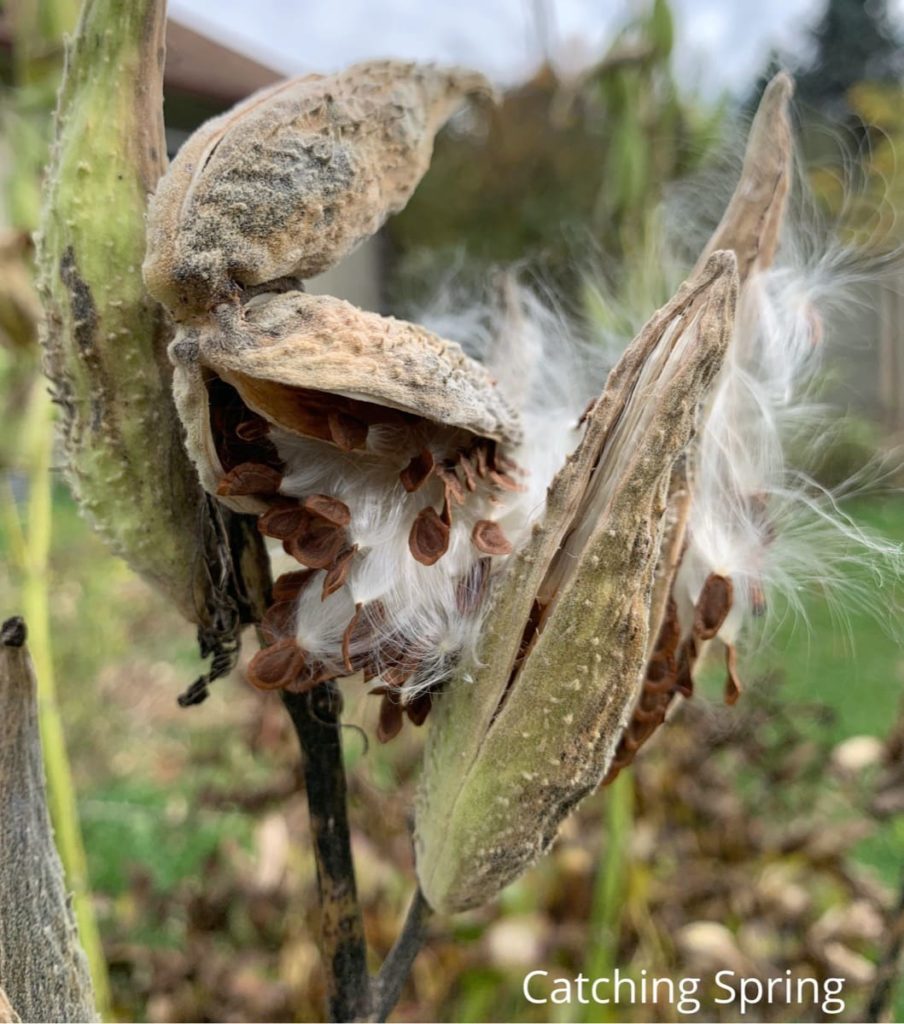
Looking for seeds is like a scavenger hunt for the gardener. I’m obsessed with it in the fall!
My favorite places to look for seeds (besides my own garden) are local nature centers or along woods, parks, or any other place that might have flowers.
Obviously, if it’s private property, one needs to ask. I also don’t collect if it’s obvious I shouldn’t collect for whatever reason.
For example, if it’s a native prairie at a nature center, I will only take one single head of a flower so the rest can be used to re-seed itself. And I won’t collect if there’s only a couple of flowers, for example, or if the flower is endangered or protected.
Use your judgment, ask if needed, and take those beautiful nature walks!
If I know it will grow well in my yard and help pollinators, I gather a few seeds. I also make sure it’s something I can actually accommodate or grow.
A lot of beneficial flowers can be started this way! To me, it’s an exciting, peaceful part of wallet-friendly gardening!
PRO TIP: I only collect seeds if I know they will work in my gardens.
3. Exchange seeds and plants
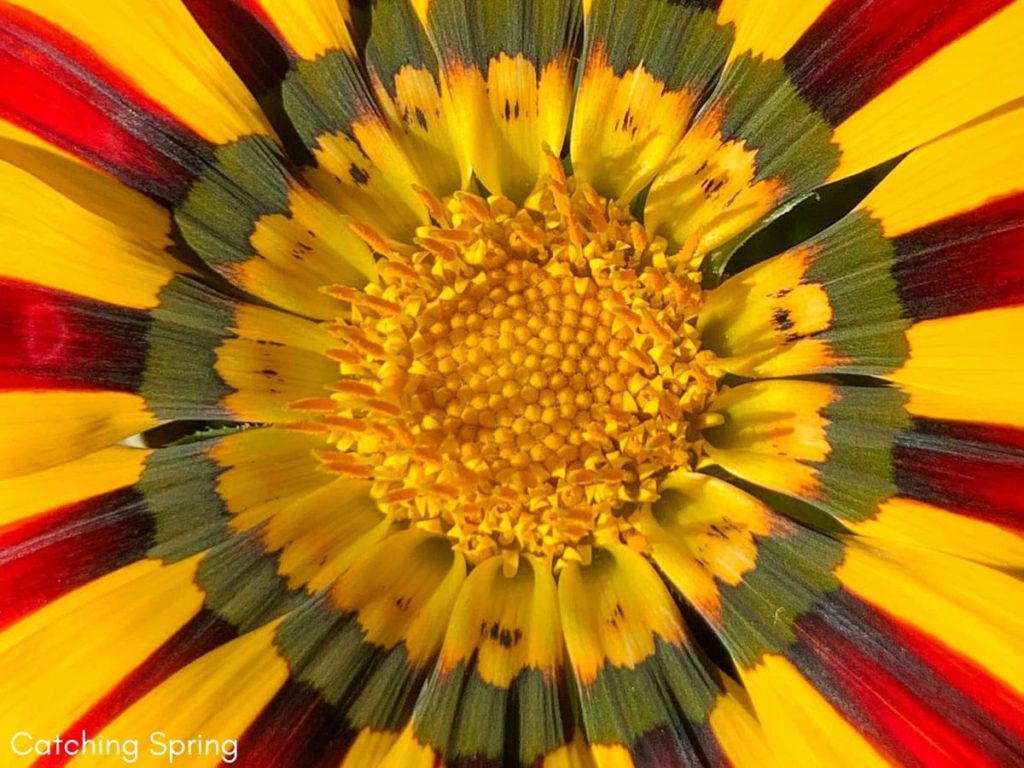
This wallet-friendly gardening idea will also cause you to have free plants and seeds you usually wouldn’t have.
I have many different species of flowers, plants, and even a couple of bushes by exchanging extras with friends. Win-win for all involved!
You could have a seed/plant/cutting exchange party or find websites devoted to exchanging seeds.
Most of the time, these websites are all about benefiting pollinators and planting natives as well, so that’s an added bonus.
You could even post on social media or tell friends… you’d be surprised how many offers for free seeds and plants you’ll get when people know you’re interested.
4. Look for end-of-season clearance plants
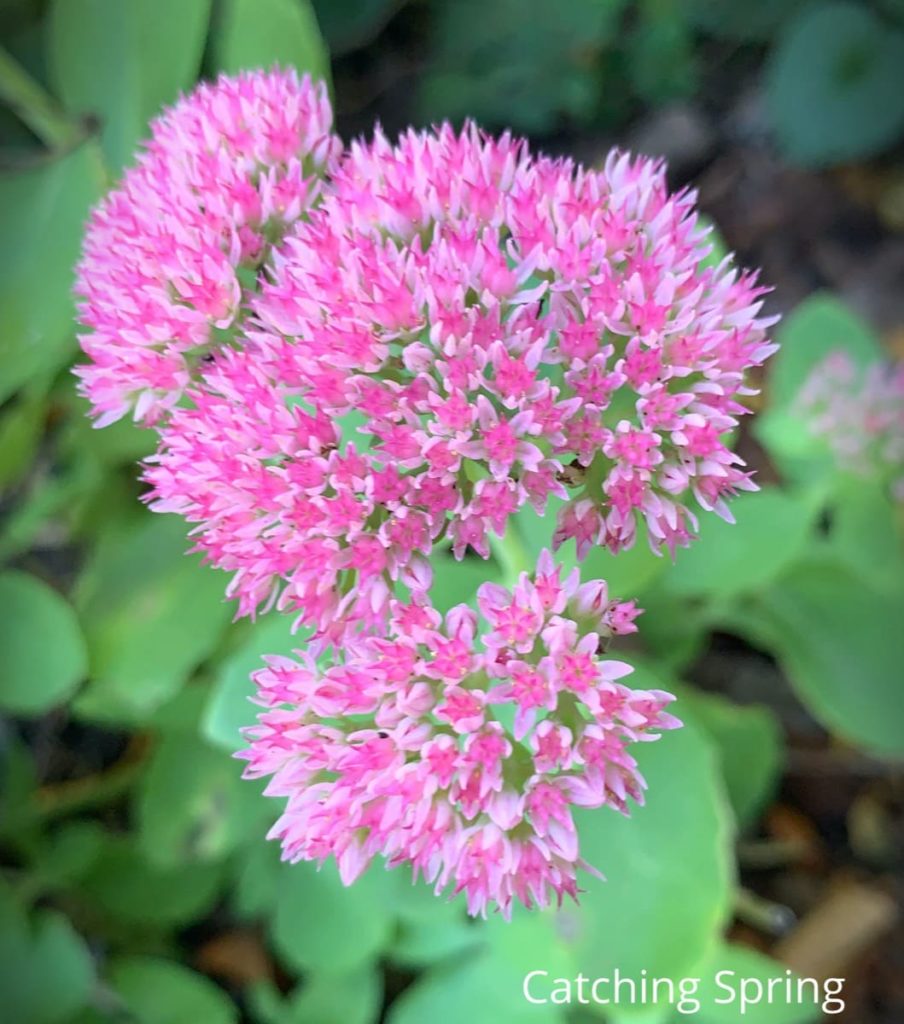
Wallet-friendly gardening starts with free, then goes to a gardener’s favorite event… end-of-season clearance! Haha!
I purposely go to my favorite quality garden centers and nurseries for their end-of-season sales! You can find some genuinely great plants at super-low prices.
It’s how I’ve gotten a lot of my favorite perennials. A $20 plant becomes $5, win-win!
I dip into some smart wallet-friendly gardening and I save a plant that otherwise may have gotten thrown away. Makes the pocketbook and the plant happy!
Either follow your favorite places on social media, get their emails, or visit them at the end-of-season in your area… you’ll win!
PRO TIP: Most places have a “clearance rack” all season long for plants that need some TLC. These are usually easy to bring back to life and are much cheaper!
5. Pay attention to soil quality
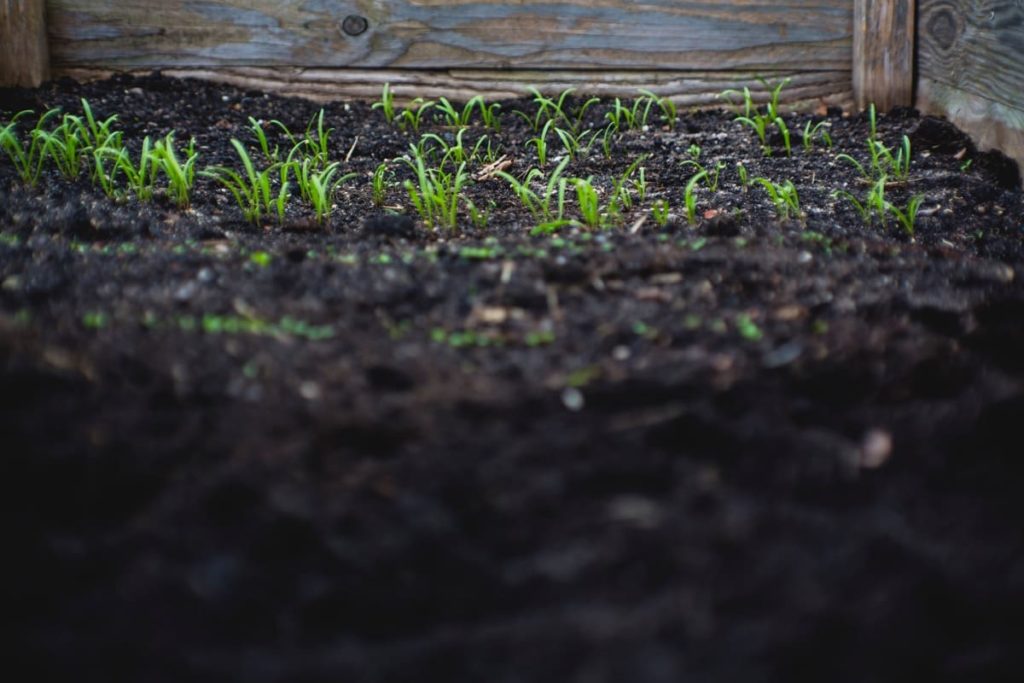
I didn’t realize the importance of quality soil when I first got serious about gardening.
I paid for it by wasting a fair amount of money by buying flowers or plants that just died in their crappy soil conditions.
No amount of water or fertilizer is going to make up for poor soil in the long run. You’ll get tired of it, and so will your plants.
Plants that aren’t living in optimal conditions open the door to many diseases and garden pests that you wouldn’t typically have. This obviously isn’t good, either.
Ways to improve soil conditions don’t have to be pricey. Some ideas include:
- Adding a layer of mulch or wood chips
- Add leaves into your soil each fall
- Cut in some compost or grass clippings
- Cut in some decomposed organic matter
- Add some quality soil in small quantities
- Add aged animal manure
- Prevent soil compaction (by not walking on it too much)
- Seriously, NO chemicals!!!
A steady practice of good habits will significantly enrich your soil over the years and have a 100% positive effect on your plants.
Healthy plants mean fewer or no diseases and pest infestations.
6. Start small
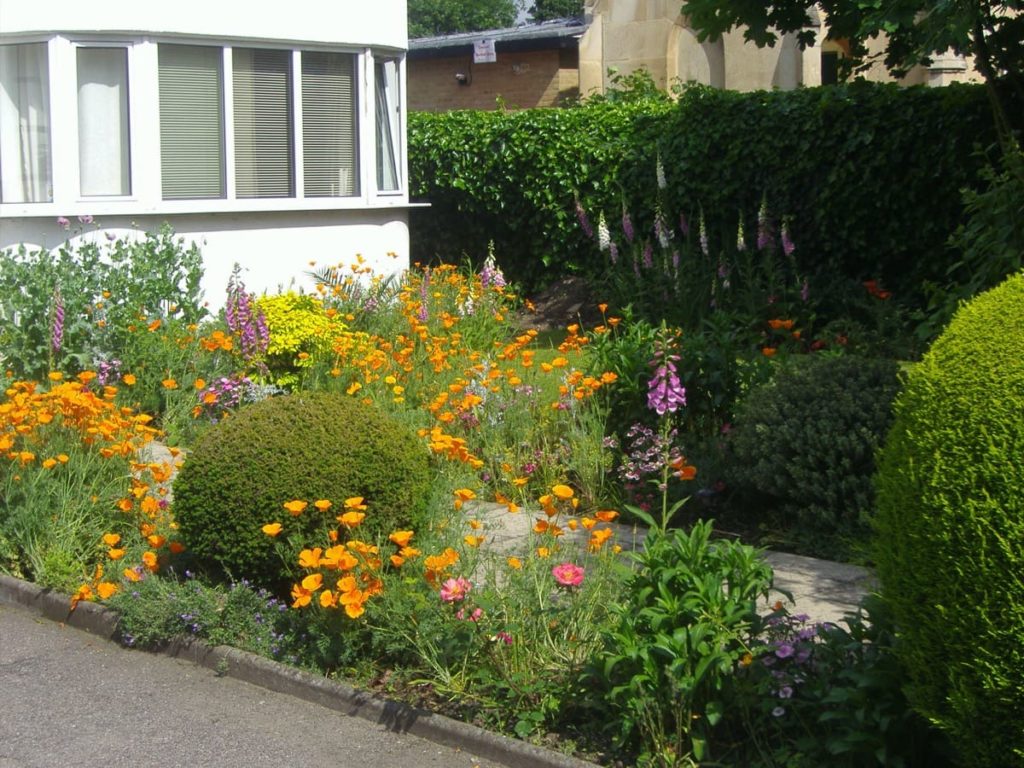
When I first moved to my current home, I made the mistake of taking over all of the big flower gardens on this 10-acre farmland. Or rather trying to take over.
Instead I ended up with a majority of weeds.
This was both from a lack of money to lack of time and knowledge, it was just too much for me.
I ended up allowing one garden to go to daylilies, tiger lilies, and daffodils and worked on the other side.
Starting small is an excellent step towards wallet-friendly gardening. It allows you to learn, manage the small area you have, be a better gardener, and, of course, save money.
You can always expand later!
7. Start with low-maintenance plants
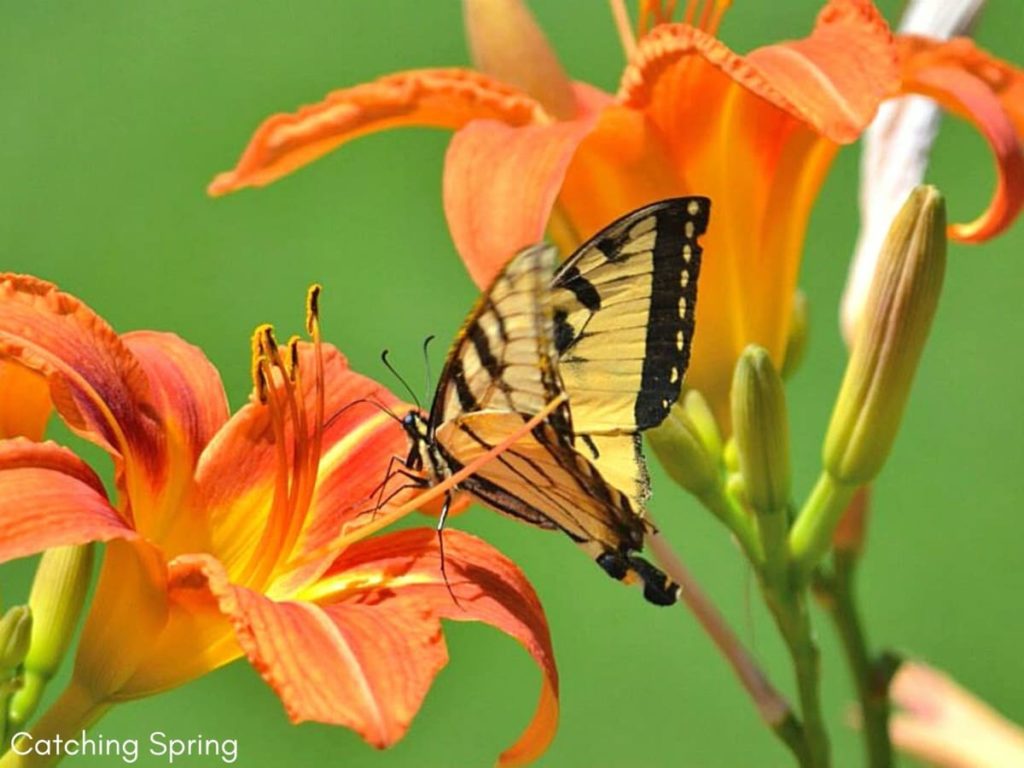
Low-maintenance plants are definitely the way to go for wallet-friendly gardening.
Not only will it save you time as you learn. But you won’t spend money on special soil, fertilizer, or other amendments that high-maintenance plants demand.
I also recommend that while you’re looking for low-maintenance plants, you purchase mostly perennials. This way, you automatically have plants for next year.
Also, remember to choose the right plants for your area. This includes the amount of sun, wind, and water this area gets.
Some low-maintenance plants to consider:
- Coneflower
- Hosta (shade-lover)
- Sedum
- Meadow Sage (or Salvia)
- Black-eyed Susan (Rudbeckia)
- Mountain Mint
- Catmint (Not catnip)
- Clematis
- Milkweed
- Peonies
- Non-spreading butterfly bush
- Coral Bells
- Marigolds
- Zinnia
- Cosmos
- Dusty Miller
- Daylilies
I know there are a ton more, but this list will get you started on low-maintenance plants that are also easy on the wallet!
PRO TIP: Research care for these plants before purchasing. The right plant for the right area equals success.
8. Read plant labels
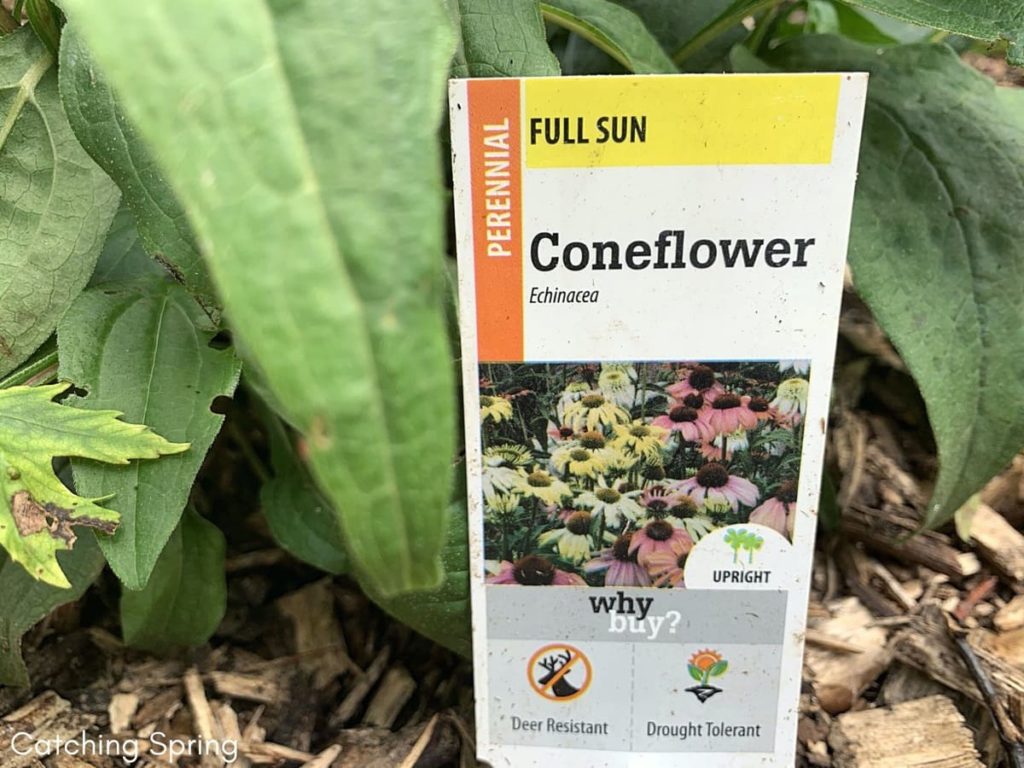
I’ve already mentioned this, but actually reading plant label care and applying it is a significant money saver.
I’ve planted hostas in high-sun areas only to find the plant withering in the sun.
This meant almost daily watering from me and, eventually, insects munching on leaves that I’ve never had before.
Read plant labels!
If you desperately want a specific flower, yet your garden conditions do not support its care, please do yourself a favor and pick a different flower!
Or, start a new garden in a different area that will make this plant happy.
This is smart wallet-friendly gardening.
9. Plant perennials
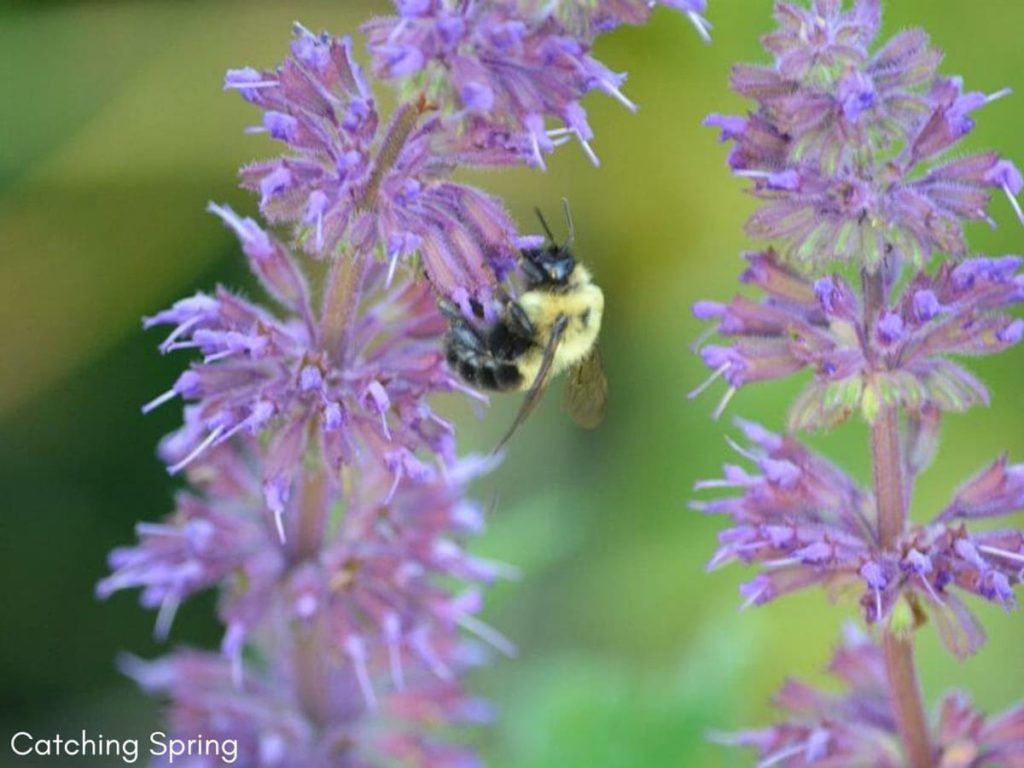
I’ve already included a decent list of low-maintenance perennials, so start from those to save money in your garden.
A garden full of perennials means spending less money in subsequent years.
Just make sure you do leave a little extra room for new perennials or annuals next year.
Because there’s something so much fun about adding new plants, even (or especially!) if you grow them yourself.
PRO TIP: Make sure to know your USDA Hardiness Zone and plant accordingly!
10. Plant native
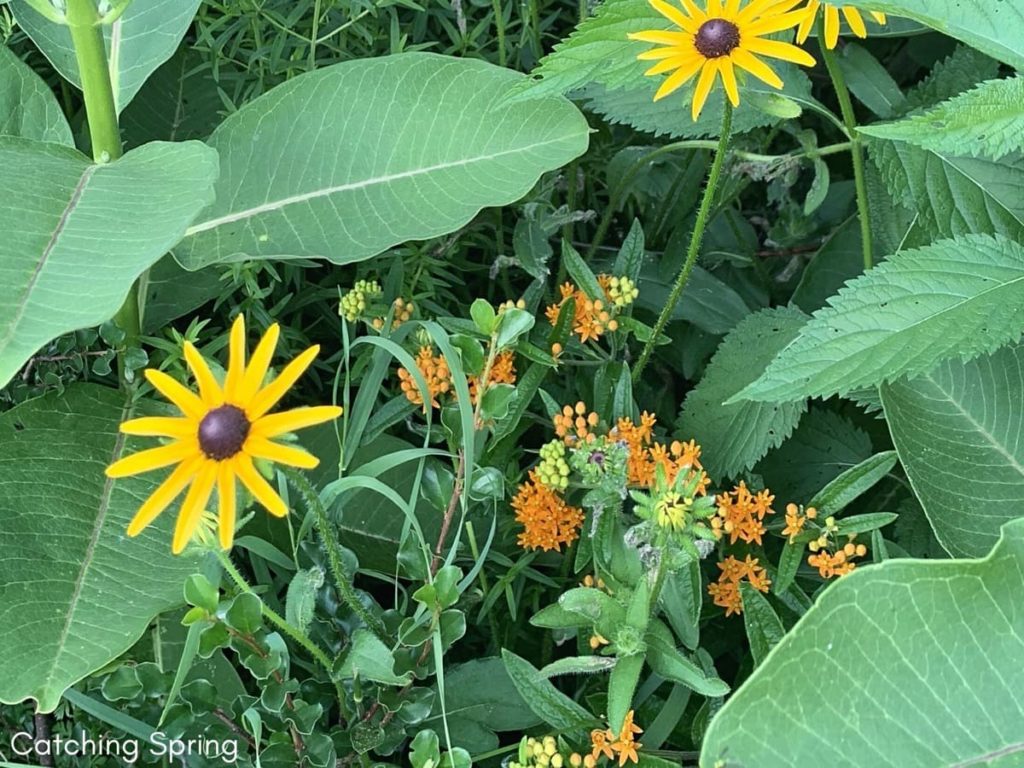
Native plants are more beneficial for local pollinators, wildlife, and averting garden pests.
Also, because they’ve adapted to making their home in your area, they’re already well acclimated to the weather and conditions and therefore require less care.
They are also tougher during abnormal weather swings as they are made for it. Like a person growing up in Alaska, they are just made for the cold and brutal cold. They can survive it and are tougher for that area.
It’s a good practice to have natives, whether you are on a budget or not. It’s beneficial all around, and honestly? Our pollinators and wildlife need all the help they can get.
Definitely make natives a part of your wallet-friendly gardening plan!
How to find natives? Almost every website for quality garden centers will have a native section and will list which plants are native to your area.
You can also do a general search for native plants or use sites like Audubon or NWF.

11. No pesticides
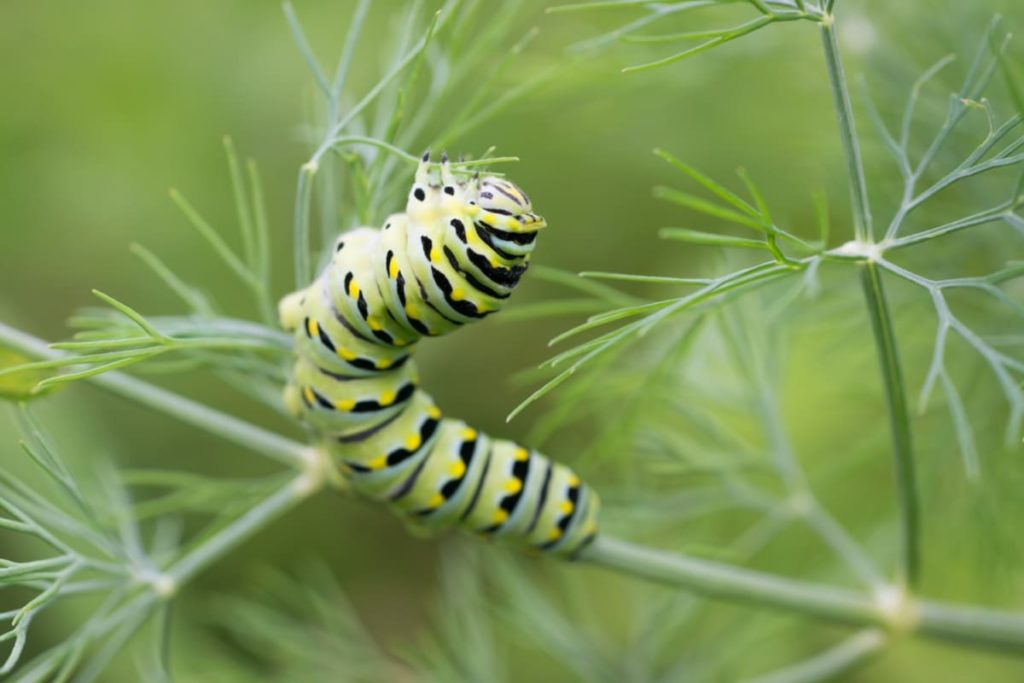
Not only are pesticides (and all other chemicals) expensive, but they wreak havoc on plants, soil, beneficial insects, and the entire ecosystem surrounding it.
Sounds dramatic, I know, but it’s true.
Nature is impressive, and in stepping back and allowing it to do its job, you will be fascinated by how little problems you have in the garden.
Once chemicals aren’t used, the birds start moving in to eat the insects. Beneficial insects also move back in and eat the pests. Before you know it, you have an almost perfectly smooth garden.
I know because this happened to me. I am amazed at how little problems I have by using zero chemicals and following these tips.
And it’s saved me a ton of money not only in NOT buying chemicals and quick fixes but in not losing plants.
This is definitely one of the smartest wallet-friendly gardening tips on this entire list.
12. Minimal tools
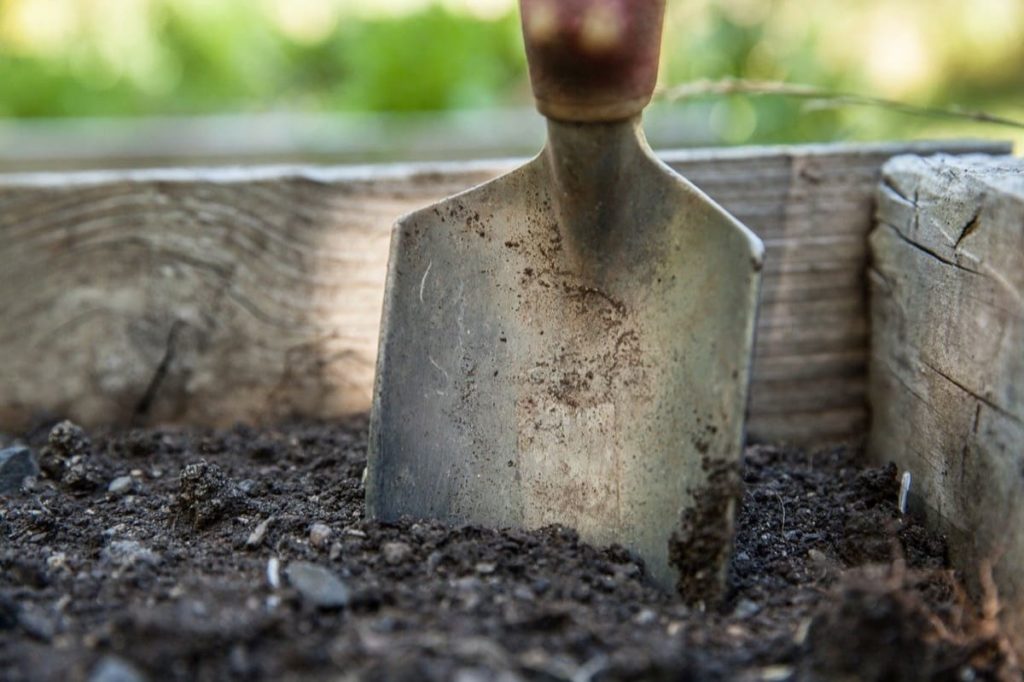
There are so many fun and cool looking gardening tools out there that we feel we need.
Companies do a great job motivating consumers to buy this tool to save you time, money, or give you an enormous garden.
But seriously, this can cost a small fortune.
And I’ve found out personally that most of them are entirely unnecessary.
Wallet-friendly gardening includes minimal tools.
To be honest, most of the time, you’re just going to want to use your hands!
The other tools I regularly use in my gardens are:
- Pruning shears
- A hand weeder (used most often)
- A kneeling pad
- A shovel
- A trowel
- Watering cans
Any other tools you add are just a bonus or, honestly, a waste of money.
13. Visit garage sales
I have found many tools, shovels, planters, containers, watering cans, and garden decor at garage sales.
It’s a huge wallet-friendly gardening tip that will most definitely save you a lot of cash!
If garage or estate sales aren’t your thing, maybe look for one that specifically mentions garden supplies and try it. It can be quite a savings!
Just make sure you clean any garden tools you find before use.
14. Find free compost or mulch
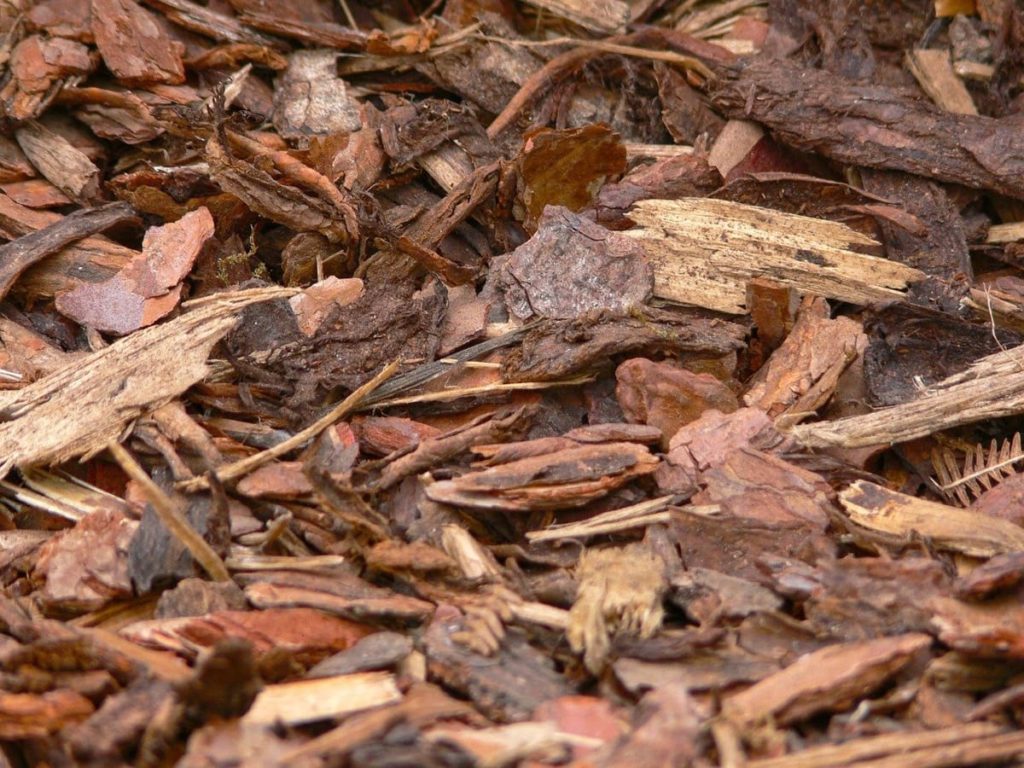
My local township offers free mulch, and it’s been a Godsend! So you might want to check with your local office and see if they offer it as well.
- You may also want to check with local tree companies as they might have too many wood chips to deal with.
- You could also check with city or county disposal, which may or may not be the same as checking with your local township. Depends on how big your town is!
Most of these places are self-serve, though, so be sure to bring a shovel and pick-up truck!
15. Repurpose
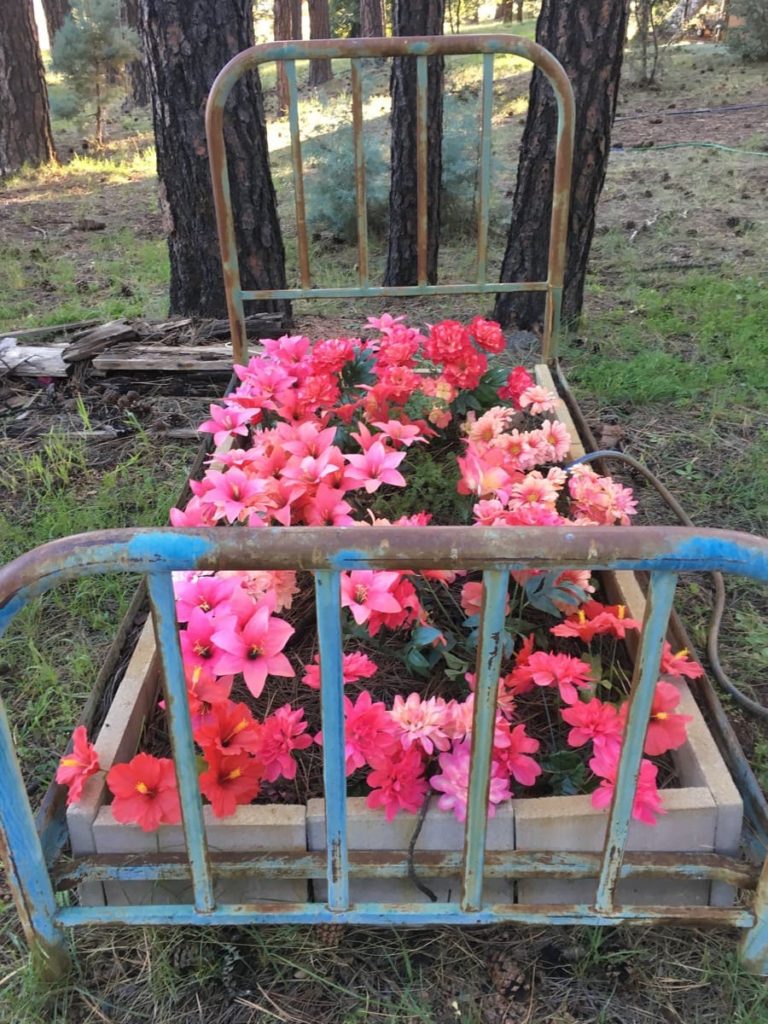
This list of what you can repurpose for wallet-friendly gardening is endless!
All it takes is a search on google or Pinterest, and you’ll find ideas you never even realized could work.
From shabby to chic, to cute or necessary, the possibilities are endless!
You can make decor, bird feeders, stepping stones, potting sheds, and just about anything at all you can think of.
Seriously. Don’t throw away that broken pot or shovel, do a search on repurposing it and let your creativity flow!
16. Browse “free”

Another way to find treasures and things you need is to browse the free section!
This can be a “free” sign at the end of someone’s driveway, Craigslist, the classifieds, or the free pile at a garage sale.
You’d be surprised what people are wanting to get rid of.
I’ve found several quality planting containers, cyclone fencing, chicken wire to put around seedlings, garden tools, and even a composter!
17. Collect rainwater
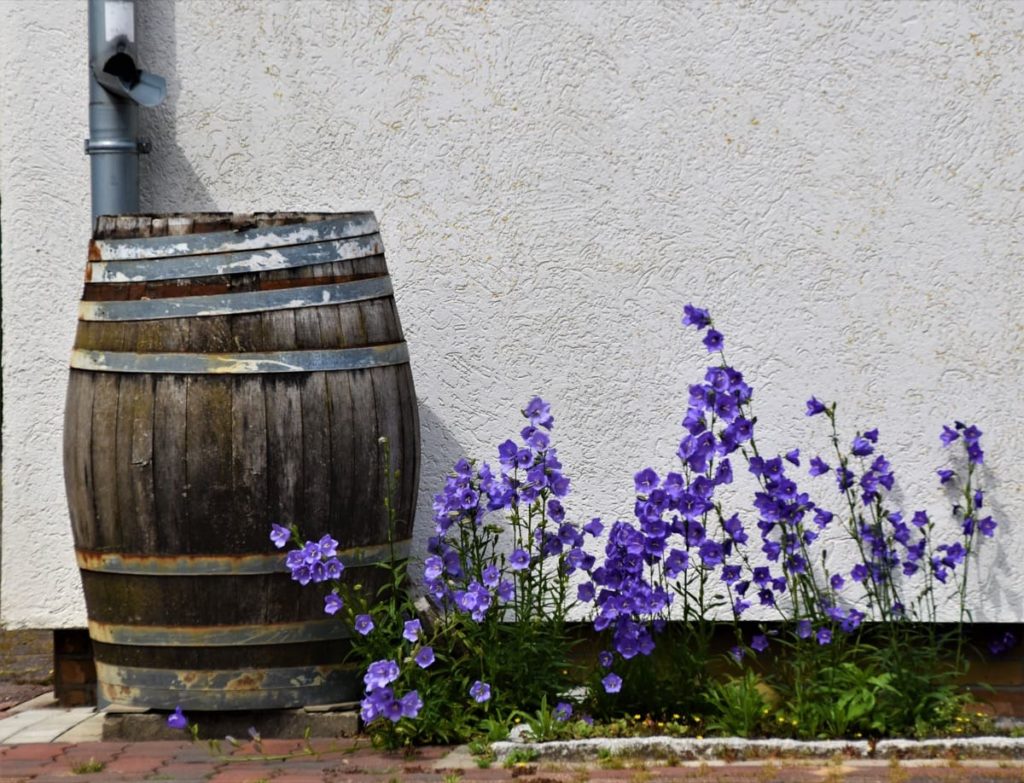
This is an especially great wallet-friendly gardening tip if you are hooked up to city water that you have to pay for!
Your rainwater collection doesn’t have to be fancy and expensive. Merely placing a 5-gallon plastic pail under an eaves trough or gutter will suffice!
You can also turn a plastic garbage can into a rainwater collector. Just drill a few 1″ holes on the lid and place some wire over the can (to stop wildlife and leaves from getting in the water).
If you are handy, you could even create a spigot on the garbage can’s bottom can as a faucet.
Not only is collecting rainwater free, but it’s a healthy way to go for houseplants as well! My house plants get rainwater 99% of the time!
18. Go natural
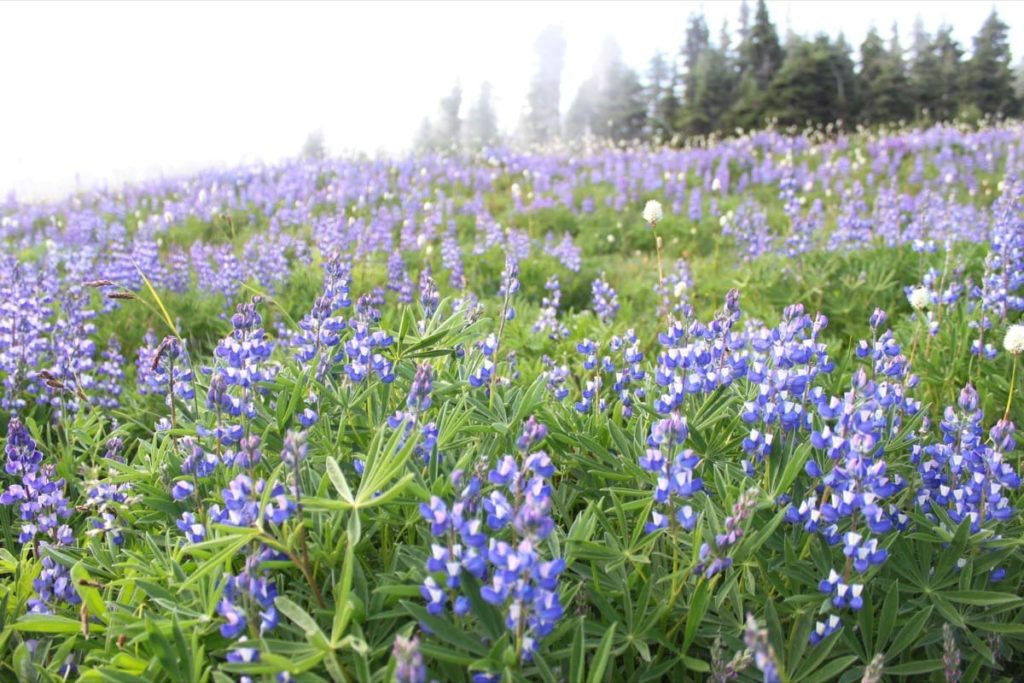
Unless you belong to an HOA or some other strict housing rules, I say GO NATURAL!
By this, I mean forget the perfectly manicured lawn!
This lawn is never beneficial for pollinators or wildlife, but only for the homeowner’s ego… for real!
To attain that perfectly coifed, green lawn, you need lots of chemicals. And those chemicals will kill everything good as well.
It will also seep into the earth’s water table and wreak havoc on our health and safety – like it’s already doing.
Try to designate an area (if you can) for wildflowers, native shrubs, and butterfly host plants instead.
Remember, “weeds” like dandelions, goldenrod, clover, and thistle are vital for pollinators! And in my opinion, pretty.
I challenge you to try this wallet-friendly gardening tip and not only save money but be a hero to nature.
19. Learn
Learning all about your area, garden zone, and everything you plant will for sure save you money!
As I briefly mentioned earlier, knowledge is power, but it’s also a significant part of wallet-friendly gardening.
Think of it this way… the more you learn about plants, pollinators, and the nature around you, the more you can help teach someone else.
PRO TIP: The more you know, the less money you’ll blow.
20. Be creative and have fun!
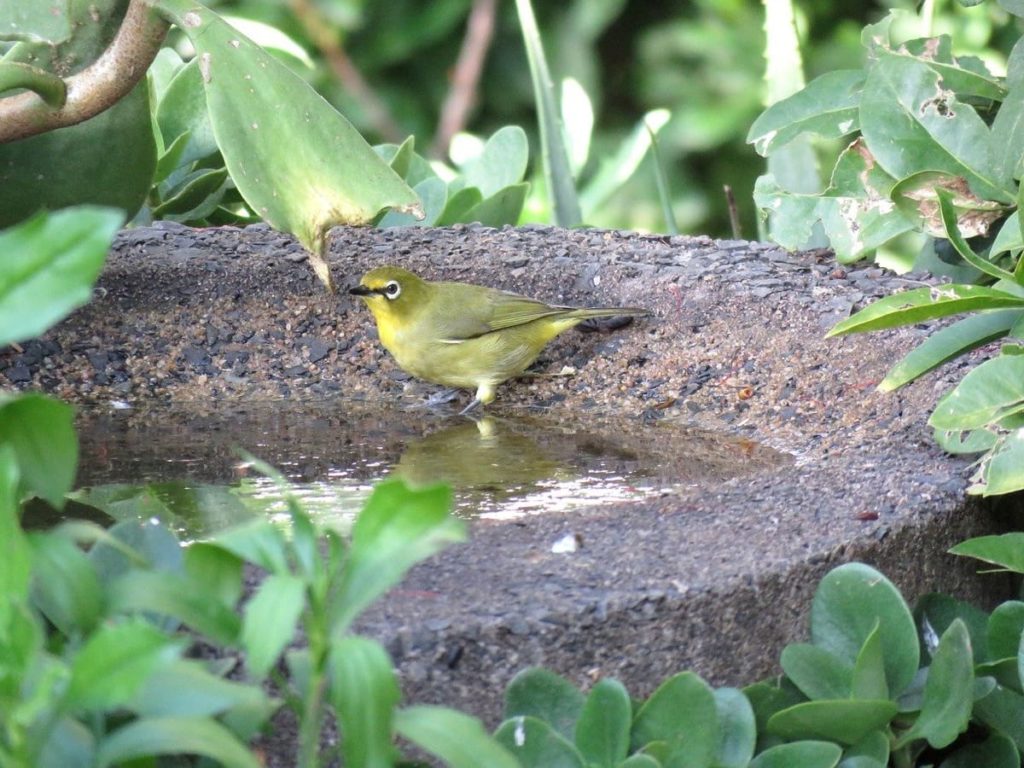
Armed with all the knowledge in these tips, you can now tap into your God-given creativity and make your garden YOU!
By planting new things, repurposing, and creating decor or gardening plans, you’ll not only shine in your garden, but it’ll be a blast.
Because that’s what gardening should be. It should give you peace, pride, a sense of accomplishment, and some quality time connecting with nature and connecting with yourself.
Yes, some work is involved, but even that work can turn into fun when you are watching your beautiful area blossom.
Wallet-friendly gardening doesn’t mean a lame garden; it means a smart, eco-friendly garden that you are proud of.
I really hope this article gave you new ways to save money while planting beauty! 🙂
What wallet-friendly gardening tips are you going to apply first? Please share with me below!


Leave a Reply